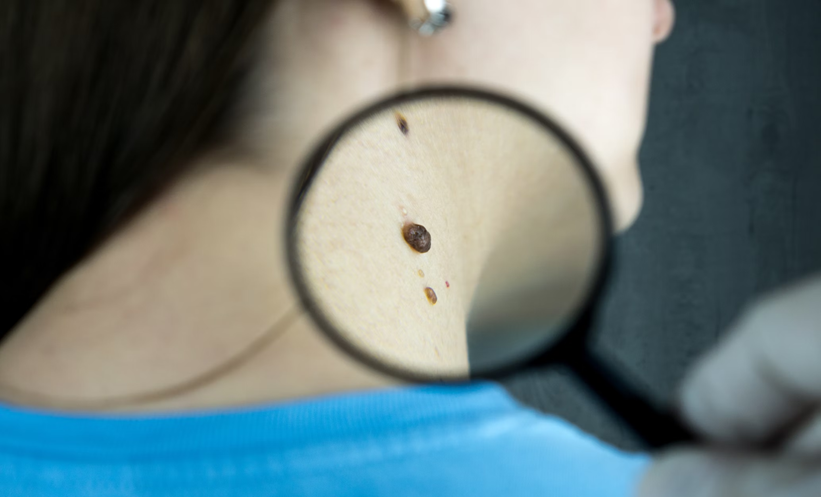PAEDIATRIC and young adult survivors of cutaneous melanoma are at a higher risk of a second primary cancer, says a new study from the University of Missouri, Columbia, USA. Across all age groups, survivors of cutaneous melanoma had an increased risk of developing a secondary cancer, a leading cause of mortality among survivors of cancer, when compared to the general population.
Researchers used data taken from the Surveillance, Epidemiology, and End Results (SEER) programme spanning from 2000–2018 of 7,169 paediatric and young adult survivors of cutaneous melanoma (age range: 0–29 years). Data was then used to calculate standardised incidence ratios to assess the risk of developing a secondary primary cancer.
The study found that 632 (8.82%) survivors of cutaneous melanoma developed a second primary cancer, corresponding to an almost five-fold increased risk (standardised incidence ratio [SIR]: 4.98; 95% confidence interval [CI]: 4.60–5.38). The risk for second primary melanoma was also elevated, accounting for 485 (77%) of the secondary primary cancers identified, and was the largest contributor to the overall increase in developing secondary primary cancer (SIR without melanoma: 1.31; 95% CI: 1.11–1.54).
The highest incidence of second primary cancers was among patients who had been diagnosed with cutaneous melanoma before the age of 1 year (SIR: 164; 95% CI: 19.8–592.0). The risk for second primary cancer continued to decline with age from infancy to adulthood, with the 15–19 years age group (SIR: 45; 95% CI: 33.0–60.0) having a higher risk compared to the 25–29 years group (SIR: 30; 95% CI: 26.6–33.6). Although those in the 25–29 years age group had the lowest incidence of developing a secondary primary cancer (SIR: 4.64; 95% CI: 4.19–5.13), they had the highest susceptibility to internal (i.e., not skin) cancer.
It was also discovered that the risk of developing a secondary primary cancer was highest within 1 year of a cutaneous melanoma diagnosis (SIR: 27.5; 95% CI: 23.7–31.6). This greatly reduced over time, with the risk of developing a secondary cancer after 10 or more years following diagnosis having an SIR of only 2.27 (95% CI: 1.85–2.74).
The authors concluded that “the findings of the current study highlight the importance of regular skin exams, due to the highly elevated risk for secondary primary melanoma, and primary care follow-ups for any childhood or young adult survivor of cutaneous melanoma.”








